Affiliate links on Android Authority may earn us a commission. Learn more.
LTE Advanced Pro and the road to 5G explained
Published onApril 5, 2016
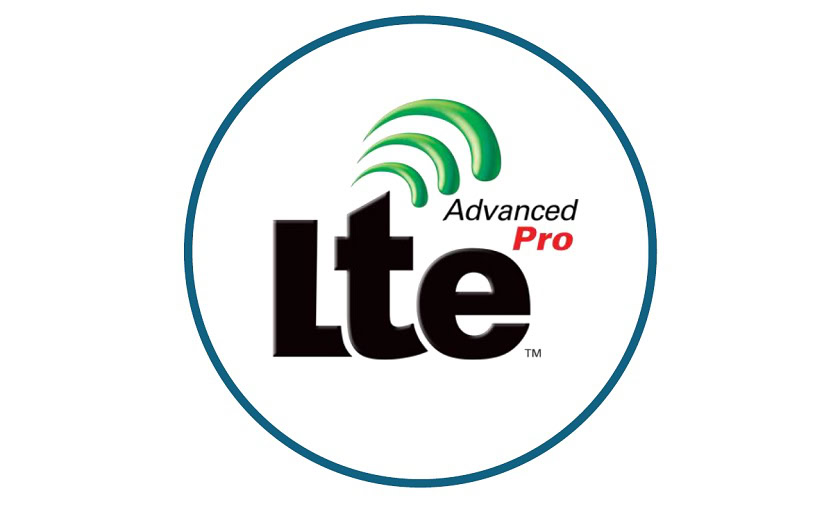
Being mobile aficionados, you are probably familiar with today’s networking terms like LTE and LTE Advanced. Now it’s time to get to grips with the next technology on this roadmap that is leading towards the 5G standard, which is known as LTE Advanced Pro. If you’ve also been following the transition between pre and true 4G technologies, you will probably appreciate that the LTE networking standard has and continues to evolve. LTE Advanced Pro is simply the next step.
The path to 5G
Before we look at LTE Advanced Pro in some detail, let’s understand exactly where this all aims to end up. The goal is to continue to evolve the current LTE standard towards reaching the 5G specifications. The standard looking to become a rather large, all-encompassing wireless communication system that not only caters for faster data speeds, but also supports many more devices online at the same time with greatly reduced latency.
Although there currently isn’t a definitive standard for a 5G technology just yet, the groups working on the early trials have defined a number of key requirements going forward. Here are some of the most important ones:
- 1Gbps to 10Gbps connections for peak data rates
- 100Mbps cell edge data rate (mobile data speeds)
- 1 millisecond end-to-end latency
- 1000x bandwidth per unit area
- 10-100x number of connected devices
- 90% reduction in network energy usage
- Improved coverage, with a perception of 100% coverage
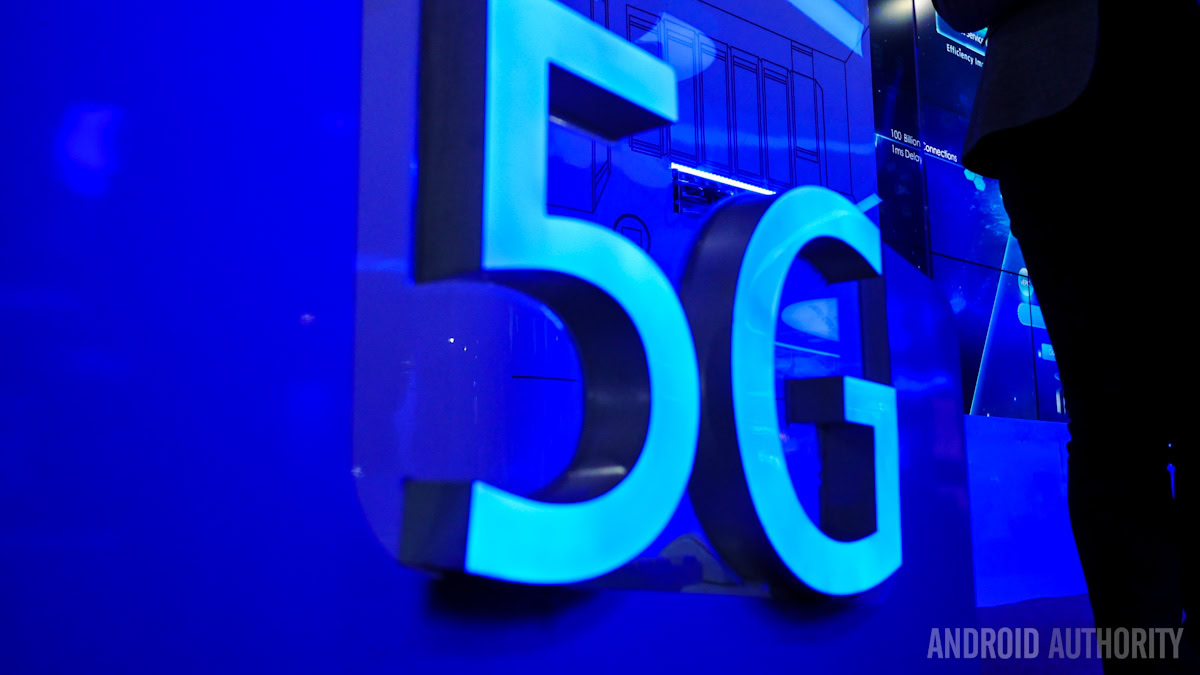
As you can see, there are quite a lot of things that developers want to accomplish here, and LTE Advanced Pro sets out to cover quite a few of them. Including the all-important much faster data speeds for us mobile consumers.
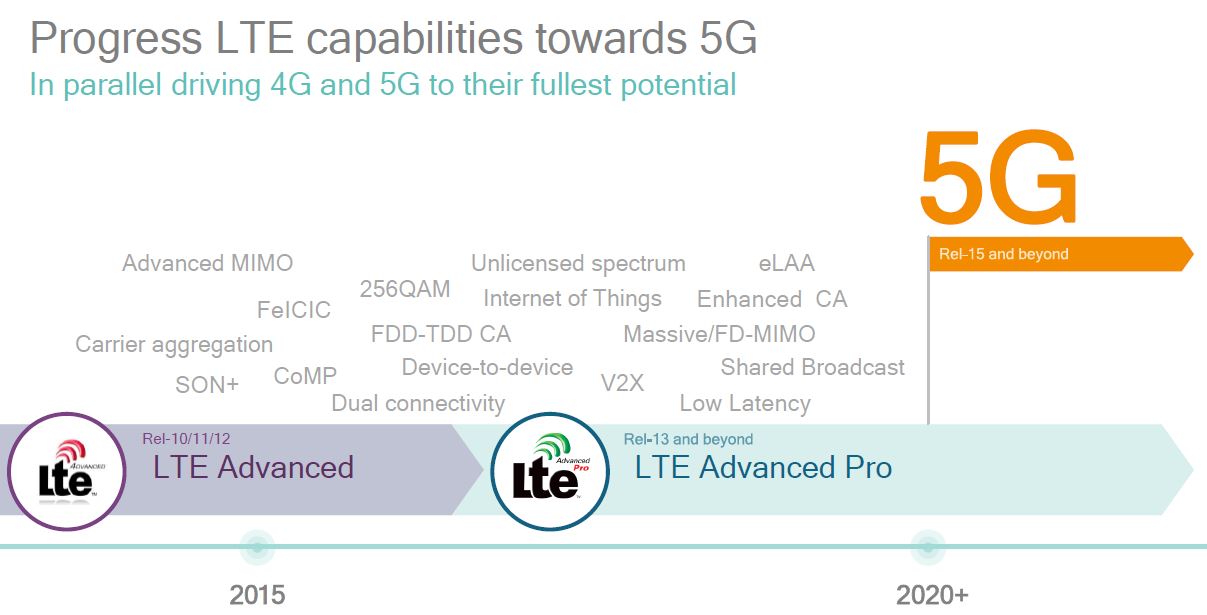
LTE Advanced Pro explained
A lack of definitive definitions in the mobile networking space is unfortunately all too common. The transition from pre-4G to true-4G technologies saw regular LTE move on to become LTE-Advanced, after the original specification was deemed too slow, and the standard is continuing to evolve. To accommodate these changes and the move towards the expected 5G criteria, LTE specifications undergo constant revisions, known as Releases. With Release 13 through to 14 (LTE Advanced Pro), the standard will introduce a number of new technologies and techniques to bring itself closer to realising these speed increases and requirements expected from 5G.
If you’re up to speed with the current LTE-Advanced specification (Releases 10 through 12), you’ll likely be aware that carrier aggregation one of the big enablers behind faster data speeds. This is accomplished by increasing the bandwidth available to devices, by aggregating data sent and transmitted across multiple frequency carriers/bands. Currently five component carriers can be aggregated with LTE-Advanced, but the Pro release will increase this to 32 different carriers.
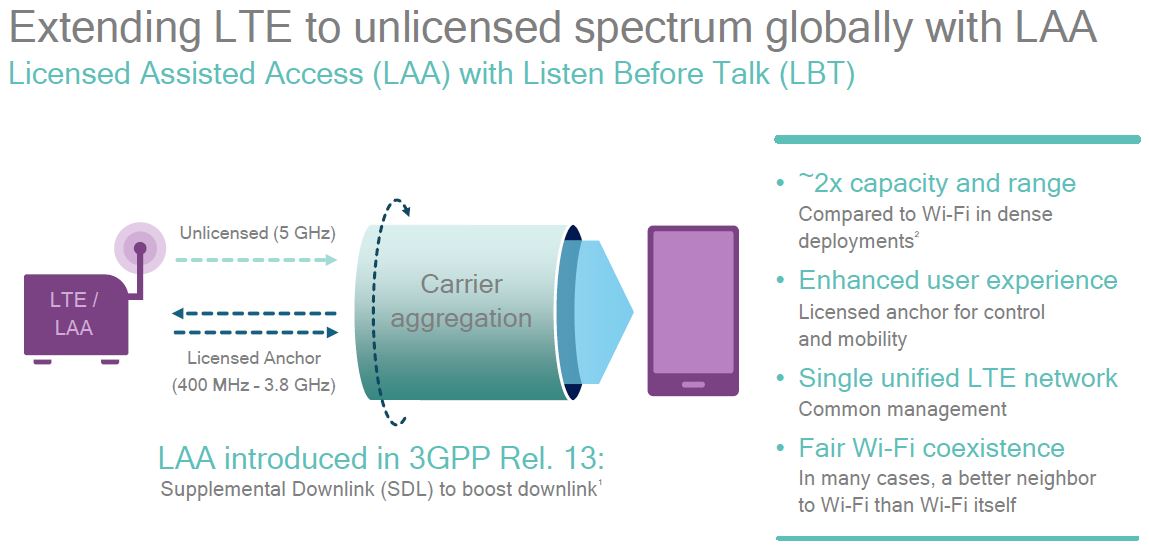
Furthermore, while LTE-A supports aggregation across FDD and TDD spectrum types, LTE-A Pro will support a wider range of different spectrums and technologies, with support for Licensed Assisted Access (LAA), enhanced LAA, and LTE – Wi-Fi Aggregation (LWA). What this means is that additional bandwidth can be made available by aggregating data together from the regular LTE bands, the 5GHz LTE-Unlicensed spectrum, and common Wi-Fi networks, to greatly improve data speeds.
You may remember that we talked a little about this when ARM announced its Cortex-R8 processor core that is designed with future 5G modems in mind.
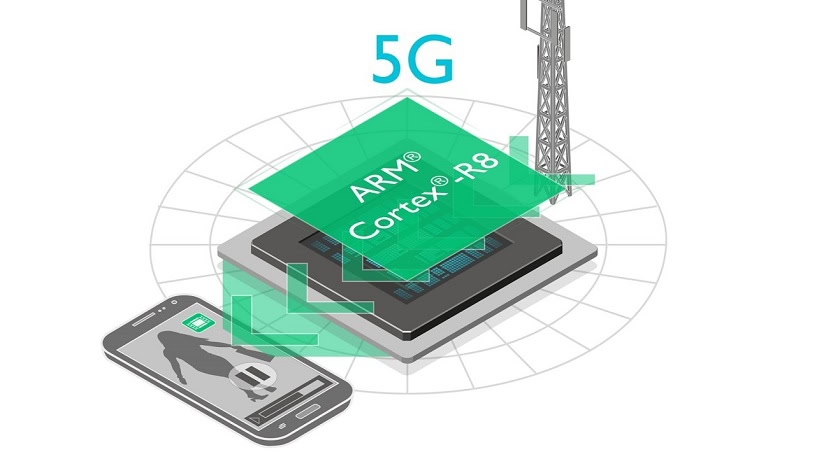
Other improvements to the standard include more efficient channel encoding, a new FDD/TDD data frame structure designed to reduce latency, and adaptive carrier upload/download allocation for traffic offloading and optimization. Additional antennas can also be deployed at base stations with enhanced MIMO for additional network coverage.
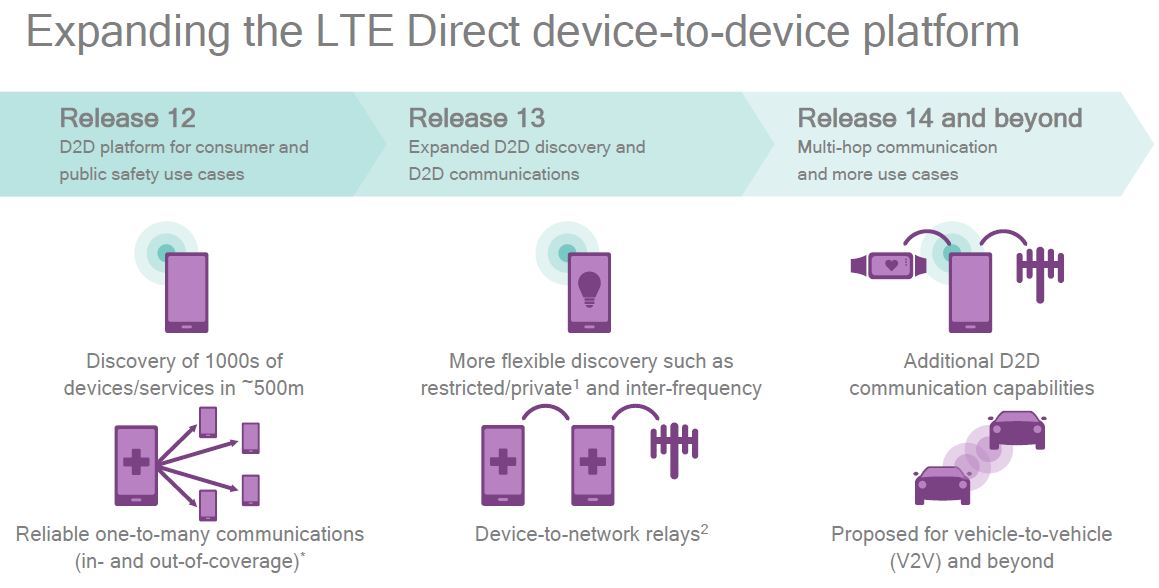
When it comes to the lower power device support and superior connectivity, LTE-M and NB-IOT technologies encompassed in LTE-A Pro will offer lower speed, narrow band access for low power devices. The aim is to reduce power consumption and costs, while allowing for high node density. Low data rate of just a few 100 kbps and much slower latencies should keep power usage down for these devices, while high bandwidth networking is reserved for our more powerful gadgets and other connected devices.
Release 14 of LTE-A Pro also aims to also coalesce vehicle-to-vehicle (LTE V2X) and device-to-device communications, convergent TV services, and location/proximity aware mobile devices for social networking and emergency services. It really is a huge standard to cover virtually any form of communication that you can think of.
If all this techno-jargon is a little off-putting, Qualcomm has put together a rather handy video that helps to explain a lot of these fundamental points.
Wrap Up
The long and the short of it is that LTE Advanced Pro aims to vastly increase the data speeds and bandwidth available for mobile communication by streaming and collecting data through a wider range of technologies. Not only that, but the technology wants to bring a much wider range of connected devices and platforms all under a single standard. This could enable brand new ways of communicating with each other and open up doors to innovative new products and markets. All of which is a precursor for next-generation 5G technologies.
We have already seen trials and modems offering support for some of the components of LTE Advanced Pro, but major roll-outs aren’t expected to begin hitting markets for a year or more yet. Even then, different countries and carriers will begin rolling out their own services in their own time, so the road to 5G is going to be very gradual. Still, now we know what’s heading our way.